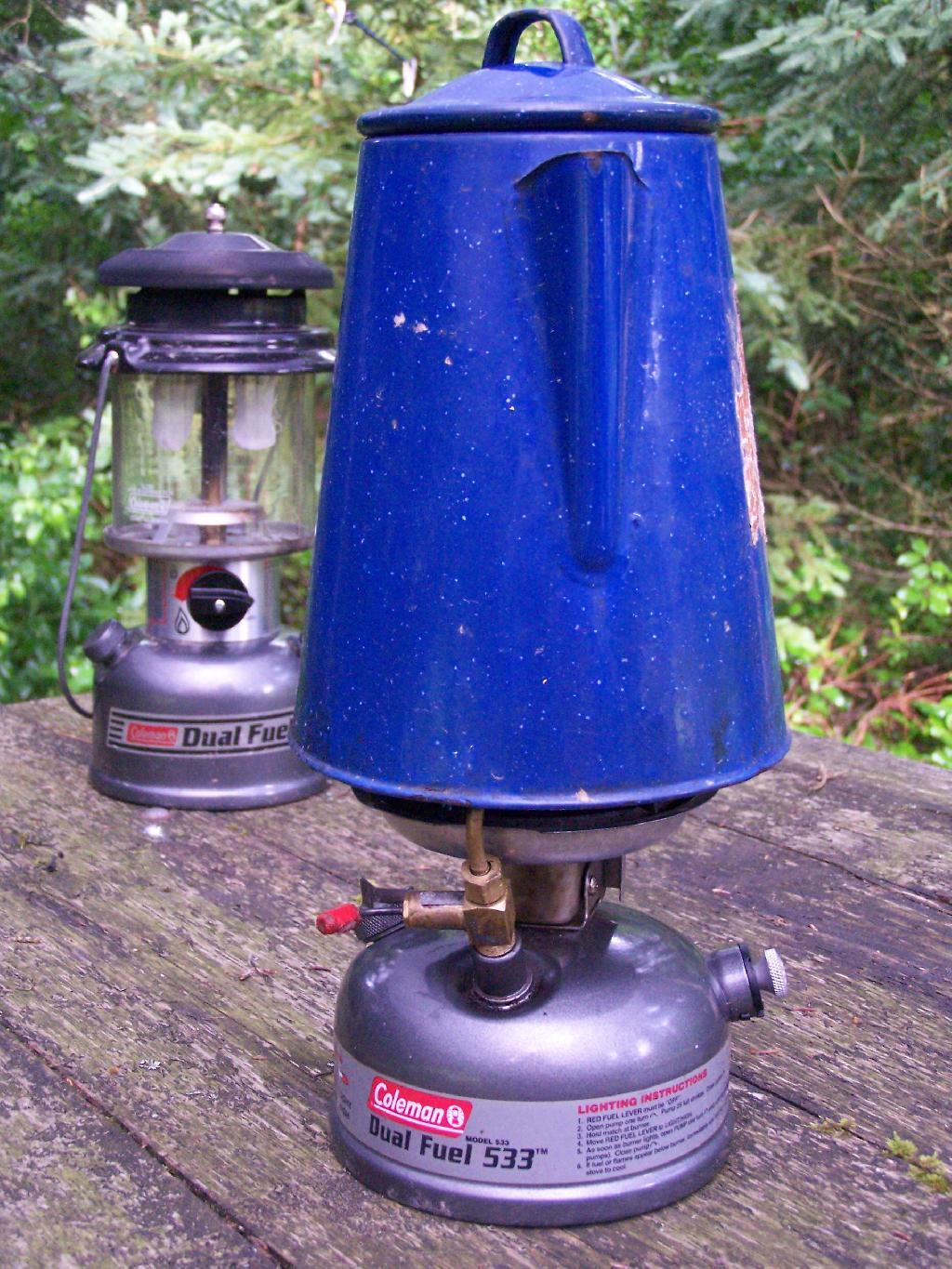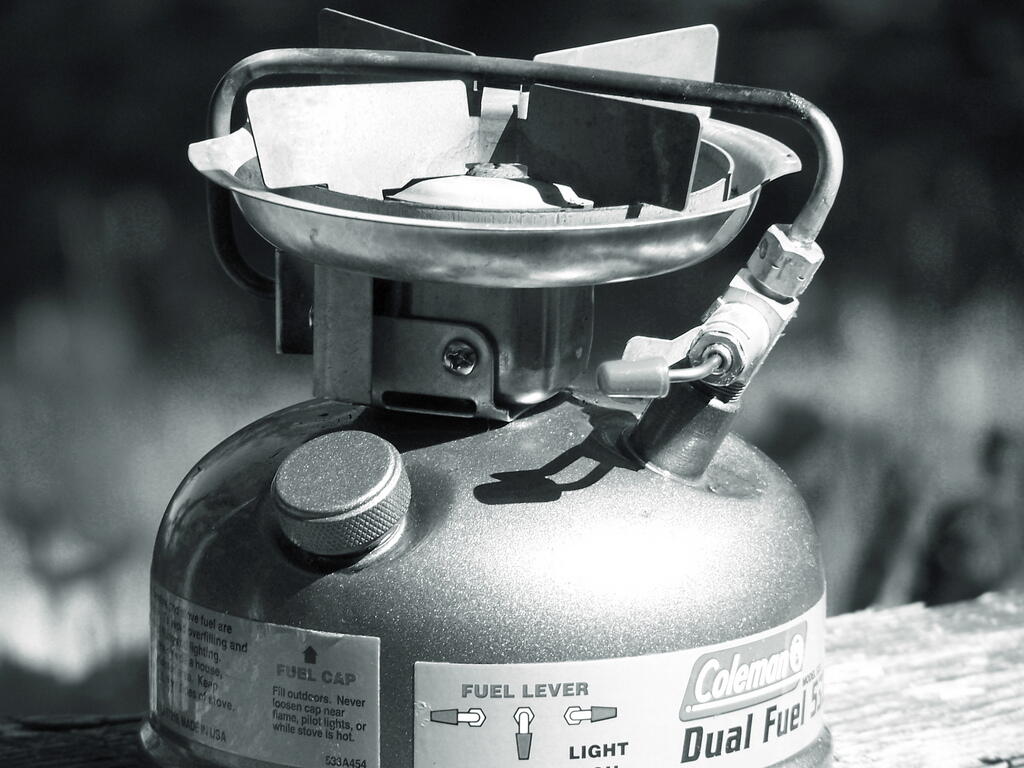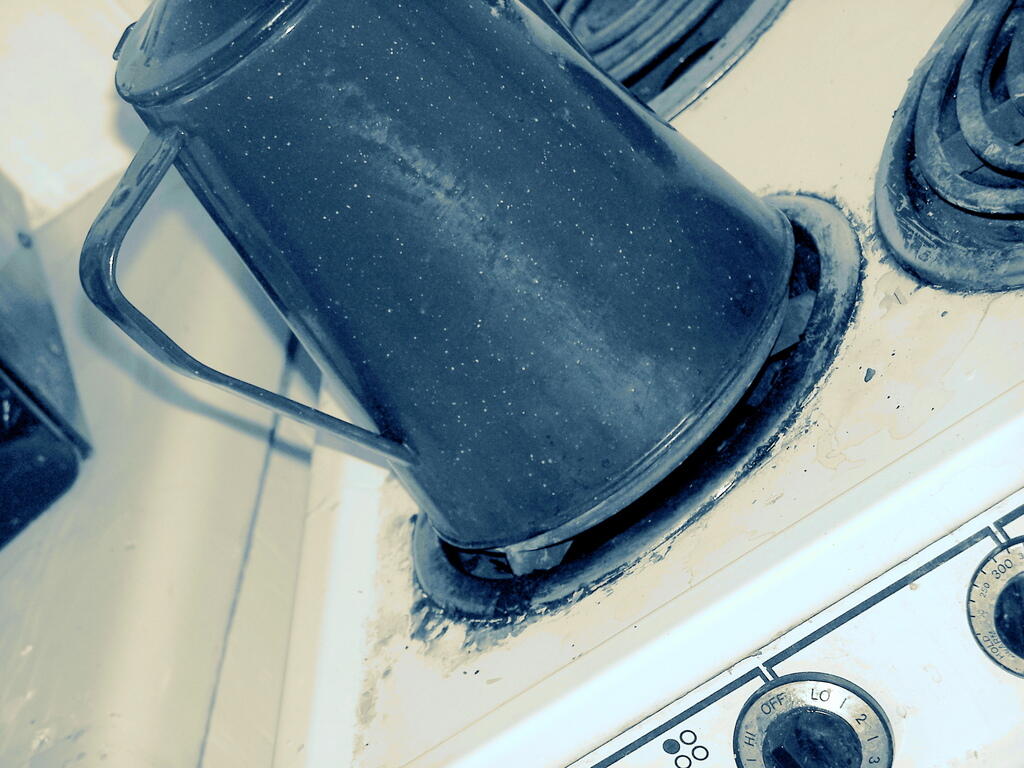Collection 1.3 CONUS Science Products | U.S. Geological Survey
Products
What makes dissolving detergent pods hold together, and are they safe for the environment?
FDA Warns Consumers Against Buying Certain Products off Amazon Due to Dangerous Ingredients
85 Hilarious Products From China And Countries That Don’t Care About Trademarks
Bought a Second Coleman Dual Fuel Stove
A couple of weeks ago, I bought a second Coleman Dual Fuel Single-Burner Stove, Model 533, much like the other stove I already have. I decided this stove worked pretty good, bar the occasional need to replace the pump (a $10 part available at every Walmart) and the need to occasionally replace the generator tube which sometimes becomes plugged from using gasoline.
Propane was totally off my list for camp stoves. I camp too frequently, which would make propane unaffordable and pose disposal problems for the propane cylinders. I don’t have trash pickup at my apartment, and I certainly wouldn’t have to hold onto a bunch of empty propane cylinders to take for recycling center. Coleman fuel comes in 1 gallon jugs that last for a long time and are easily recyclable, and gasoline goes in the gas can that can be refilled.
There are lighter dual-fuel stoves for backpacking. They are probably fancier models. But I already had one of these stoves, and decided that standardization makes a lot of sense. By standardizing, you avoid having to have multiple sets of parts, and in an emergency, you can always cannibalize parts from the other stove. I also mostly use my camp stove for roadside camping, so portability is not a premium for me.
Likewise, I could have bought a two-burner stove. But the dual fuel two-burner stoves are big and bulky, and I would lose the redundancy of having two stoves and being able to cannibalize stove parts as need be.
So that’s that’s why I bought a second model of the stove that I already have.
Coleman Fuel or Gasoline in Dual Fuel Stoves
I have a dual fuel stove and a dual fuel lantern, that can burn either regular automobile gasoline, or Coleman Fuel aka white gas. Being that I spend a lot of time camping, and being that I’m cheap, and thought it was stupid to be buying Coleman Fuel in aluminum containers that ultimately just get discarded in the recycle bin, I figured I would just run the stove and lantern on gasoline.
The problem with gasoline is that contains larger hydrocarbons and more aromatic hydrocarbons then Coleman Fuel. Gasoline is a heavier hydrocarbon, although with the addition of aromatic hydrocarbons allows it be burned in relatively low compression gasoline engines, and not knock when climbing steep hills or other times of heavy load on engines.
Gasoline clogs up dual stoves and lanterns, especially if it’s allowed to sit in the stove, and degrade. It creates a film on the edge of gas tanks, and even worst, forms a film along the edge of the “generator” tube, that when heated, vaporizes the fuel and turns it into a gas, so that stove or lantern can burn it to make heat or light without the use constantly pumping the stove. I ended up having to saturate a generator for the stove with carburetor cleaner, and actually replacing one, due to the use of gasoline plugging it up.
Gasoline also smells, both when you fuel the stove or lantern, and when you burn it. It’s okay when the stove is running at full temperature, and generator is working fine, fully vaporizing the fuel prior to combustion, but if you turn down the stove, or the generator starts to become clogged, you’ll smell the aromatic hydrocarbons and even the sulfur in the gasoline.
After burning pure gasoline in a dual fuel appliance, you’ll want burn only Coleman Fuel. Coleman Fuel burns hotter, and generally better. It does not plug the “generator” tube, it does not nearly smell as bad. It works so much better. Yet, it’s expensive. The first can of Coleman Fuel I bought three years ago was $4.50, then it was $6.60 in 2008, an era of $4.25 gasoline, and now it’s up to an insane $8.80. I use a lot of fuel as I camp a lot, but rarely go through more then a gallon can a year.
I have found Gasoline can be used in a dual fuel appliance, reliably, if it is blended at a rate of 50-50. I’ve had pretty good luck with such a mixture, because the Coleman Fuel seems to dissolve the gasoline residue, and makes gasoline burn hot enough that it does not smell. During the end of camping season, I’ll only use Coleman Fuel, to make sure all the gasoline deposits are dissolved, and it won’t clog the generator up when it sits over the winter.
Where Has All the Steel Wool Gone?
I am big fan of using steel wool to clean pots and pans. I don’t know if I get my pots and pans particularly dirty, being that I sometimes really badly burn food on the stove and sometimes cook over a fire, so I really need steel wool.
The thing is,
it’s hard to get steel wool any more…
Steel wool is durable, it holds up to hard scrubbing against my cast iron frying pan and my all-steel pots and pans. I like things nice and clean, my pots and pans aren’t really damaged by a little scrubbing. You really want steel wool to get burnt food and smoke off of cast iron.
Yet, few places have steel wool. You can sometimes get copper or even occasionally steel scrubbies if you search around, but non are as effective or durable as plain old steel wool. I guess most places just don’t stock steel wool as so many people use those Teflon crap, that can’t take a good scrubbin’.


